
Posted on 10th October 2018 at 12:24pm
A question we are often asked is what is the difference between a roller dyno and a hub dyno, second to that what is the difference between engine power and rear wheel, or hub power. In order to answer these questions, we need to understand some basic principles that are the root cause of the difference.
In simple terms, the difference between the engine figure and the wheel or hub figure is the friction due to the drive train. For the sake of dyno measurement, the drivetrain consists of everything excluding the engine, so the gearbox and differential, driveshafts and tail shaft, driven accessories such as the alternator and power steering pumps and in the case of a roller dyno the wheels and tyres.
When we talk about a hub dyno which we currently use at Harrop Performance Centre, we remove the wheels and bolt an adapter directly to the wheel flange, by removing the mass and surface of the wheel and tyres we reduce the friction, less friction means less frictional loss and therefore more measured power. The important thing to realise is that the higher hub figure has no impact on the engine power, the difference between the actual engine power and the measured hub or wheel power is that the measurement at the hubs or wheels takes place after the frictional losses, if we have lower frictional drivetrain losses due to reduced mass and friction then the measured power at the hubs will be closer to the engine power, less loss.
So how much power does it take to roll a wheel? Most of us have done it at some time, we might even have tried running alongside at 7-8 kph, and after a short time, it becomes tiring (no pun intended). Imagine how much energy and effort it would take to roll a tyre at 200 kph and then times that by two for a 2wd vehicle. Most would be aware that it’s much easier to roll a tyre at 8 kph than 200 kph, but why? It requires more energy to roll a tyre faster due to friction, the friction caused by air moving over the surface of the tyre and wheel increases exponentially with speed, just like a drag car requires exponentially more power for every second faster down the 1/4 mile. The frictional loss generated by the air moving over the wheel and tyre and the mass of the wheel and tyre impact the measured power as the dyno has no way of determining the frictional loss*. For example, on a roller dyno at 50 kph the frictional loss might be 10 kW but at 200 kph the frictional loss may be 100 kW. The same vehicle on a hub dyno may have a 5 kW frictional loss at 10 kph and a 50 kW at 200 kph. If the engine flywheel output was 500 kW then on rollers the measured wheel power from the example above would be 400 kW and 450 kW on a hub dyno due to the lower frictional loss. The wheel and tyre mass, tyre age, tyre pressure, tread depth all impact the measurement on a roller dyno as they impact the frictional loss, this is why a hub dyno is a more accurate and consistent measuring device as a variable frictional loss has been removed from the measurement.
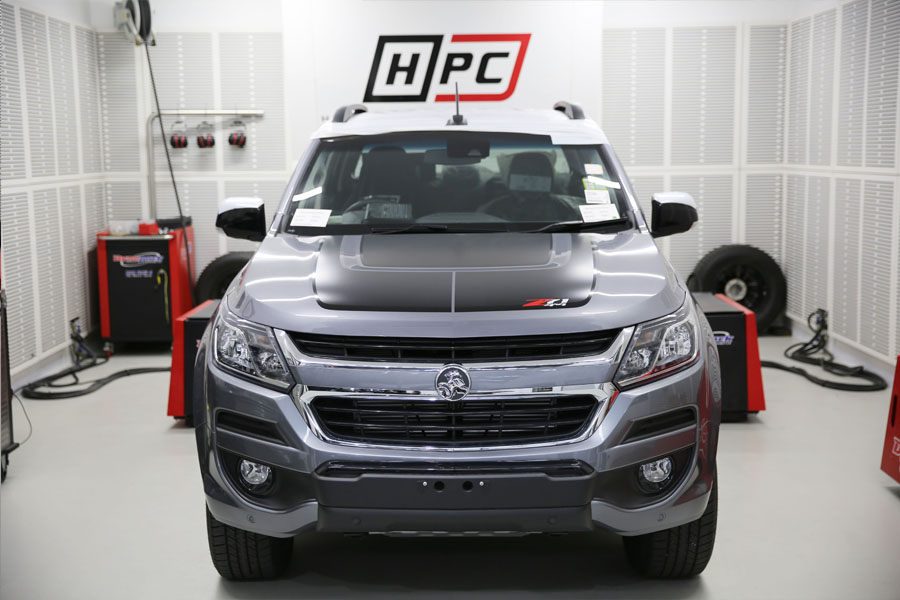
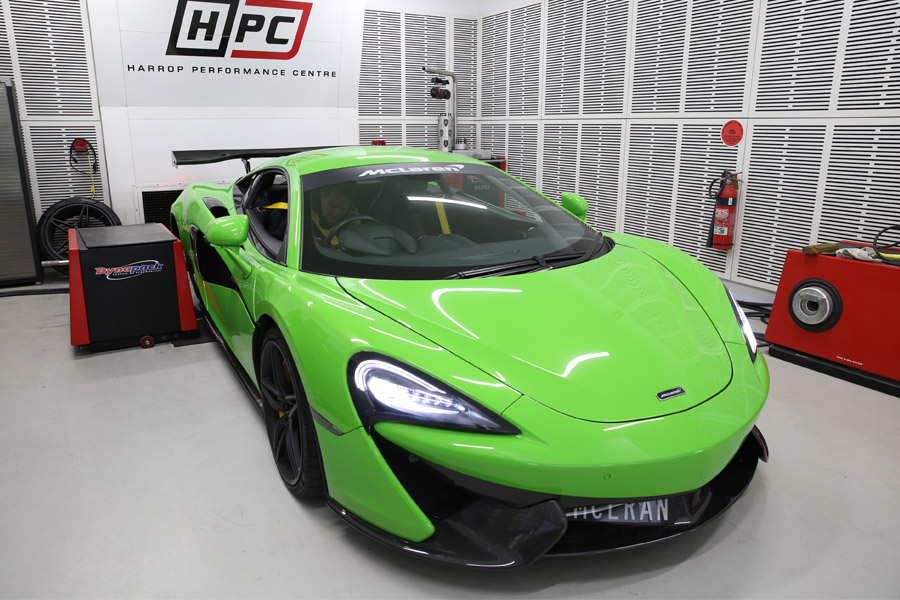
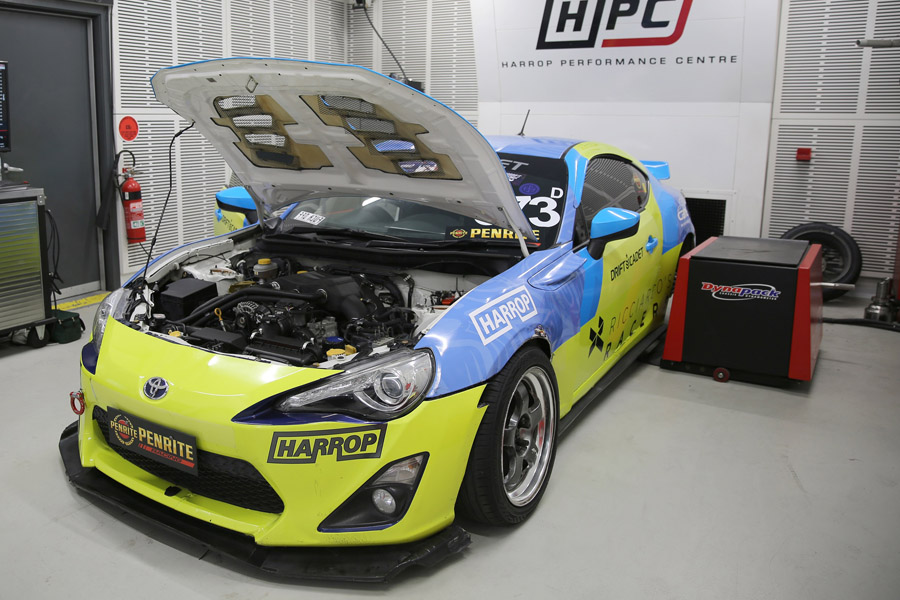
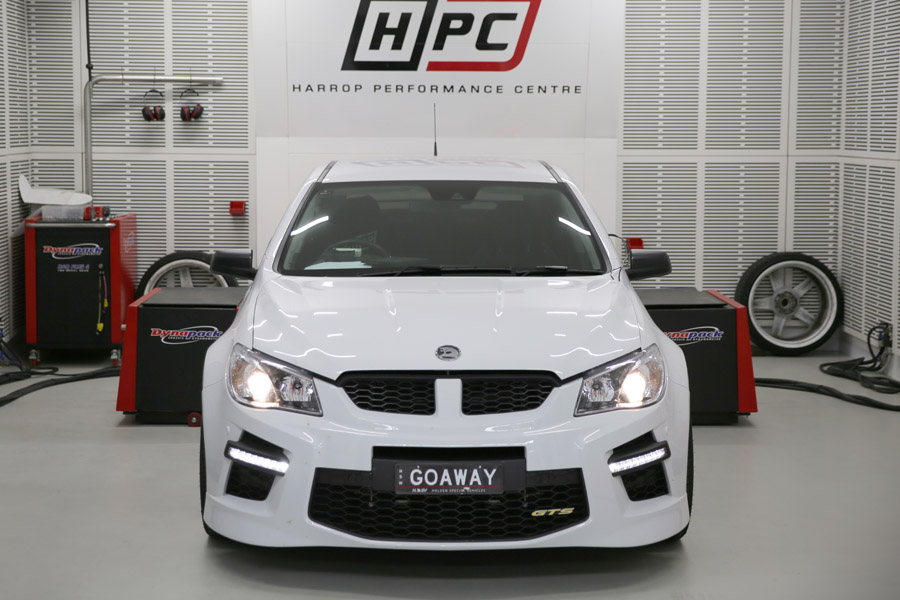
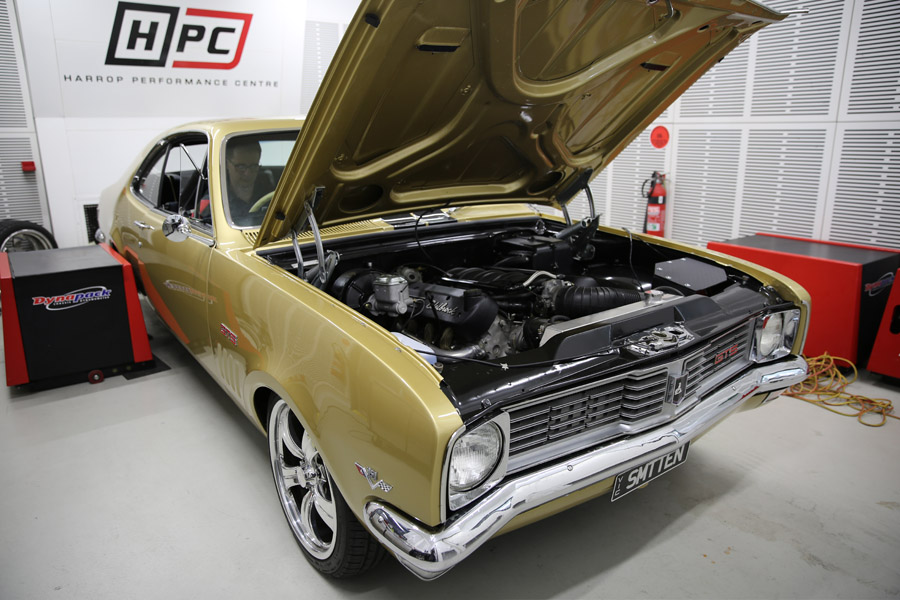
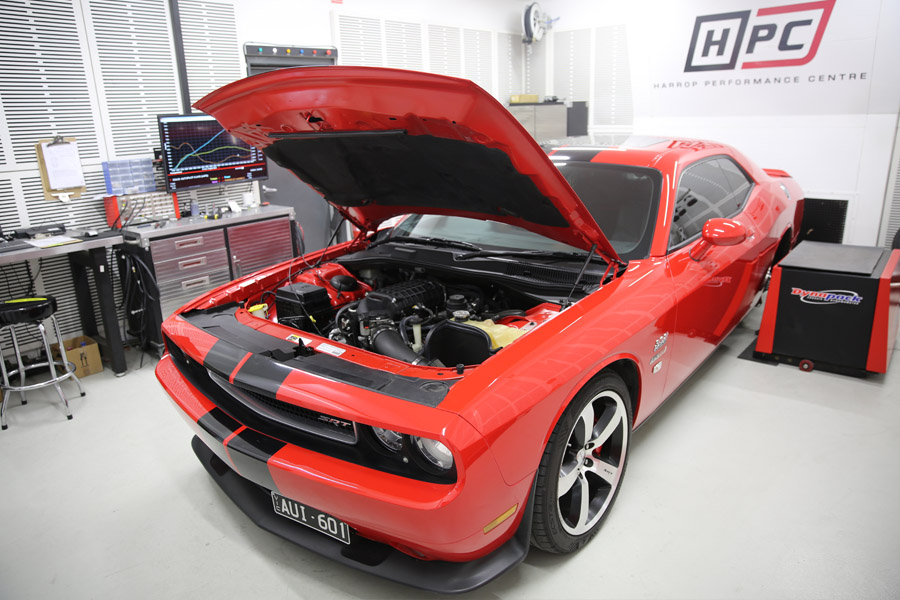
Moving towards the engine from the back the same theory applies to all the components and is one reason manufacturers are investing large chunks of time and money in reducing component mass and friction. The largest consumer of engine power moving towards the front is the transmission, modern automatic transmissions that are all clutches and have variable pressure pumps are far more efficient than the old turbo 400’s and alike that utilize bands and pressure relief. Accessories that consume power such as air conditioning compressors and power steering pump, as well as the drive belts themselves, are all being lightened, downsized, replaced with electric and made more efficient such that they offer reduced frictional losses, to return more power to the wheels and better efficiency.
*Some dyno’s offer engine drivetrain loss calculations of varying complexity and accuracy.